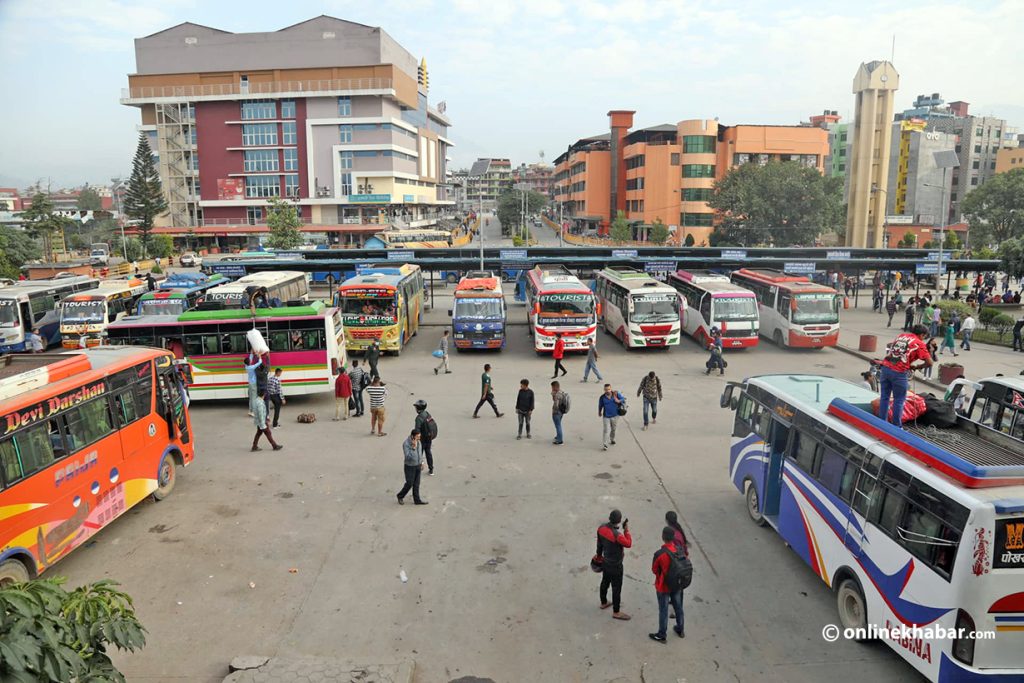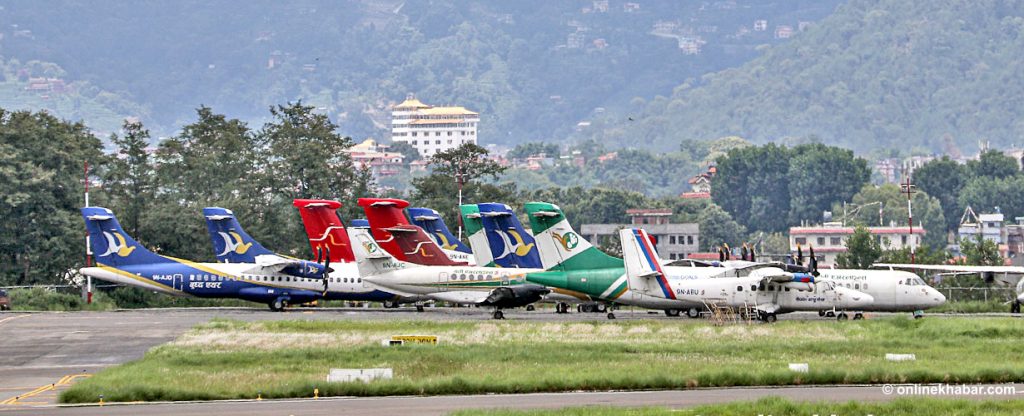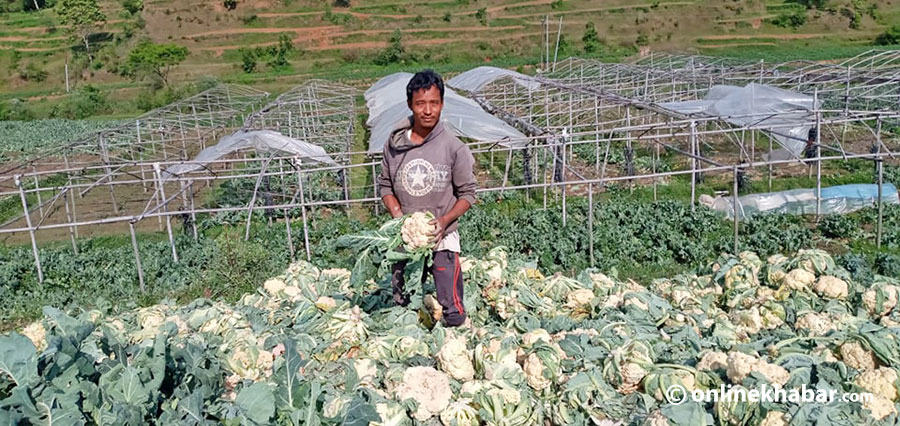
Domestic and foreign tourists have long been drawn to the breathtaking views of the grasslands of Chitwan, which are home to a wide variety of wildlife, the verdant hills of Dhading, where farmers are constantly engaged in agricultural activities, or the pristine Trishuli flowing from Nuwakot, known for its exhilarating rafting excursions.
But, they are less appealing than they once used to be. The increasing population is one of the major causes of it. Moreover, climate change is affecting agriculture and crop production in the region. Although crops like rice ad maize are affected less, climate change has significantly impacted the production of vegetables. It has been found that due to their high sensitivity to unstable and uncertain environmental conditions vegetable production has been affected.
Unprepared farmers
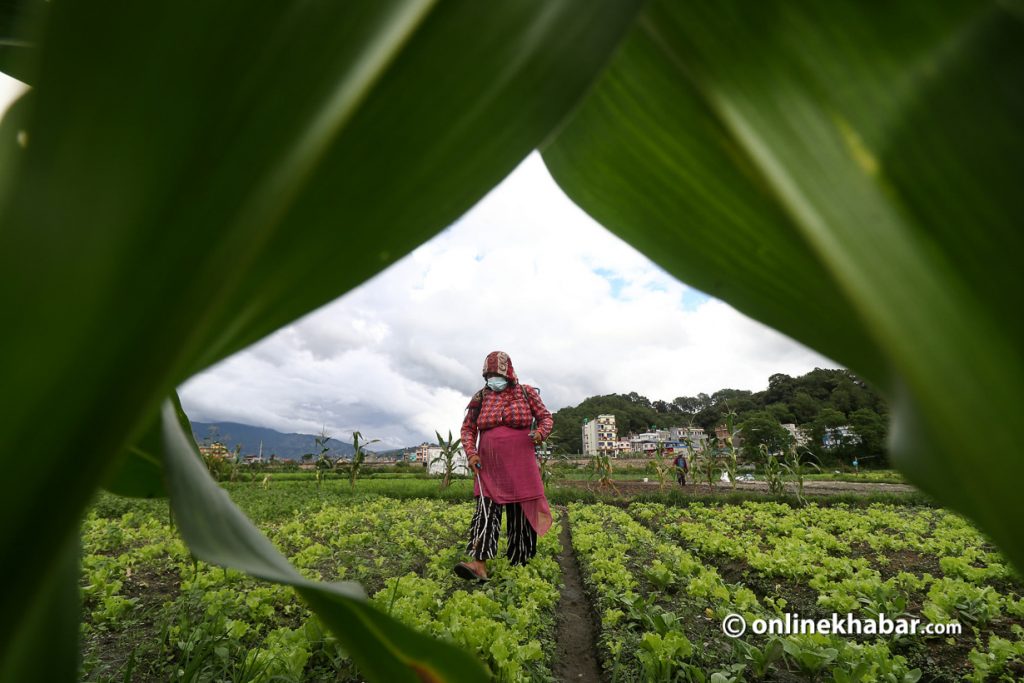
We are unprepared for the calamities brought by climate change that cause enormous losses in production each year and trap vegetable growers in a cycle of poverty. As we have to face problems such as drought, heavy rainfall, floods, forest fires, etc, production is hampered.
The vegetable demand of the Kathmandu valley is mostly fulfilled by the production from Nuwakot, Dhading and Chitwan. However, farmers of these areas are not able to meet the demand.
Our production is facing issues due to climate change, mainly on summer crops. Nevertheless, in different parts of the world, farmers practise various techniques to combat unproductivity due to climate change, such as the use of organic manure, mulching, modifying planting dates and picking the right species of crops.
Similar strategies can be implemented to lessen the impact of climate change and produce more vegetables here. However, the question is — are we prepared? Could poor farmers afford those tools?
Climate change might not be the only reason for the reduction of vegetable production every year. But, if we cope with the effect of climate change efficiently, we can easily increase production, which will benefit poor farmers financially and help the national economy as well.
Vulnerabilities
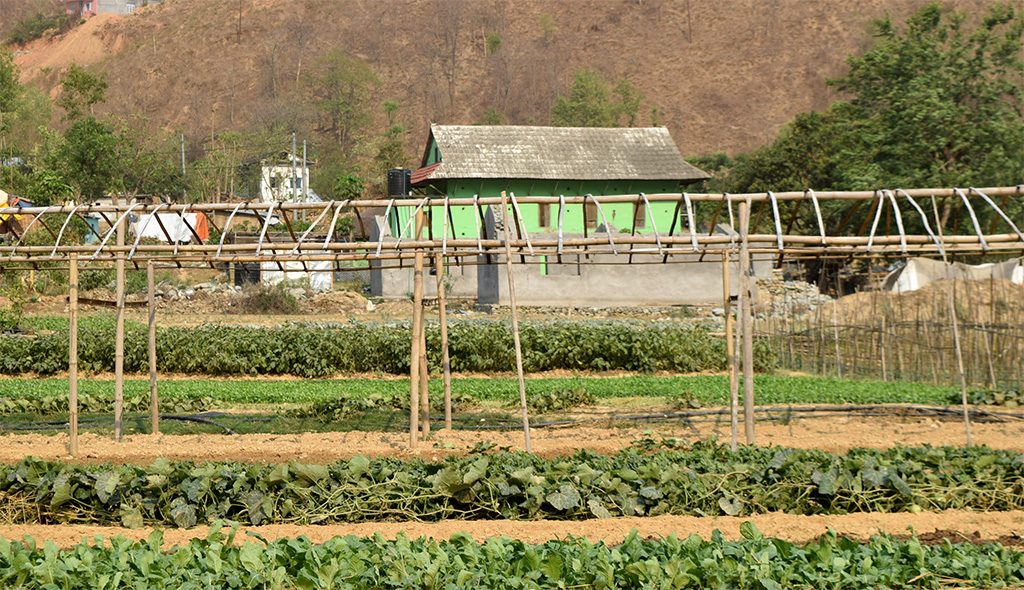
In 2015, the earthquake disturbed the water channel under the ground. This led to difficulties for farmers to find enough water supply for the vegetables.
Then, some studies show that climate change has also disturbed the hydrologic cycle on earth. This has resulted in the redistribution of water supplies in time and place affecting their runoff, soil humidity, and evaporation right away.
As a consequence, all the economic sectors are threatened and the agriculture sector is the most vulnerable sector.
Moreover, farmers have implemented various steps to get out of the adverse effect such as crop adjustments, changes in cropping patterns, conservation of local landraces, and alternative techniques to decrease water stress.
Therefore, it has become imperative to develop local adaptation techniques to deal with climatic changes, as doing so will greatly lessen the effects of climate change and variability on the agricultural economy.
Nepal is extremely vulnerable to climate change, and it has already begun to feel its effects in a number of ways including those that influence agricultural production and food security in the nation. Still, the rise in vegetable producers’ numbers suggests that they have recognised a chance to boost their revenues.
In the statistics
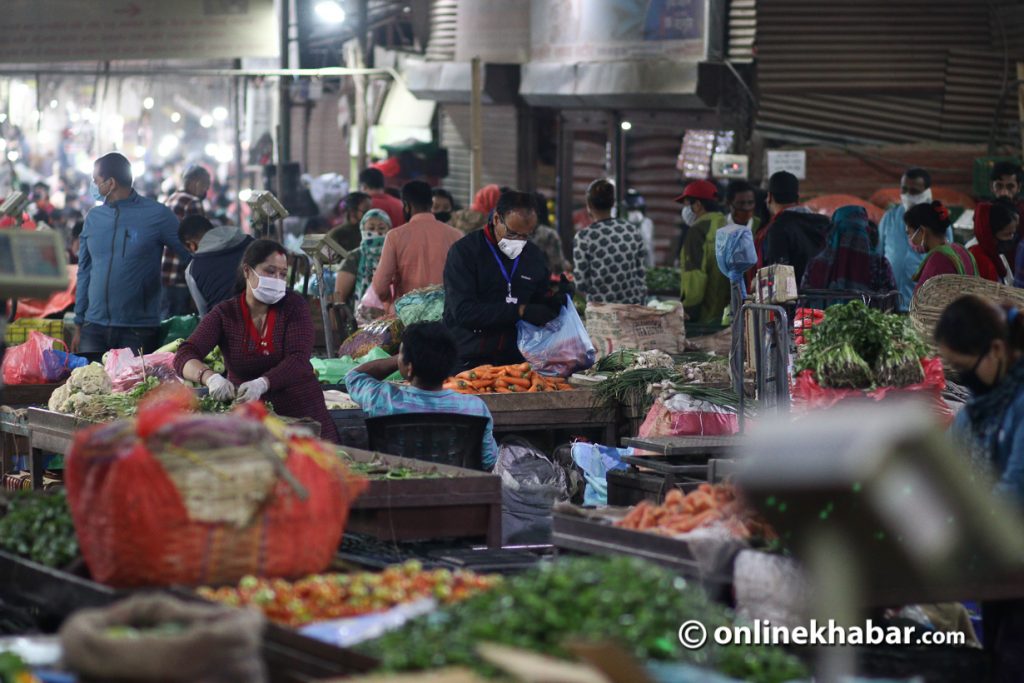
Vegetable farming engages more than 3.2 million families in Nepal, and it generates 9.7 per cent of the nation’s GDP. Small produce makes up the majority of this sector.
However, one of the main impacts of climate change is drought, which has a direct impact on the output and way of life of the farmers throughout summer.
In Nepal, the severity of the effects of climate change on agriculture is considered to be high. Farmers are therefore adjusting to various tactics, such as the use of irrigation canals, crop variety, mulching, changing the timing of planting, and organic mulching, as practices for coping with drought.
These days, referring to the Department of Customs, it is trending on social media among Nepali youth that the country is importing fresh vegetables worth Rs 22.51 billion from July to December last year, which is Rs 3.29 billion more than that of the same period the previous year. Among the most common imported vegetables were tomatoes, onions, garlic, cauliflower, cabbage, carrots, green peas, squash, and asparagus.
What about ongoing rainfall?

Rainy days have already begun. After the drought, last season, are we ready for the torrential downpour that is currently affecting these areas?
Vegetable growers need to adapt to calamities due to heavy rainfall, yet there are technologies well disseminated among them in the regions, which could be prepared to avoid imports of vegetables.
Farmers can now apply a range of effective adaptation techniques, including greenhouse methods, vegetable variety selection, mulching techniques, and planting timing adaptations against intense downpours.
It could help a lot to reduce losses due to flooding and soil erosion along with excessive rain among vegetable growers in the regions. If such technologies could be provided timely, we could save a huge amount of money on importing vegetables from other countries so that we could save our foreign currency reserve, which is quite important given the current state of our national economy.
In a nutshell
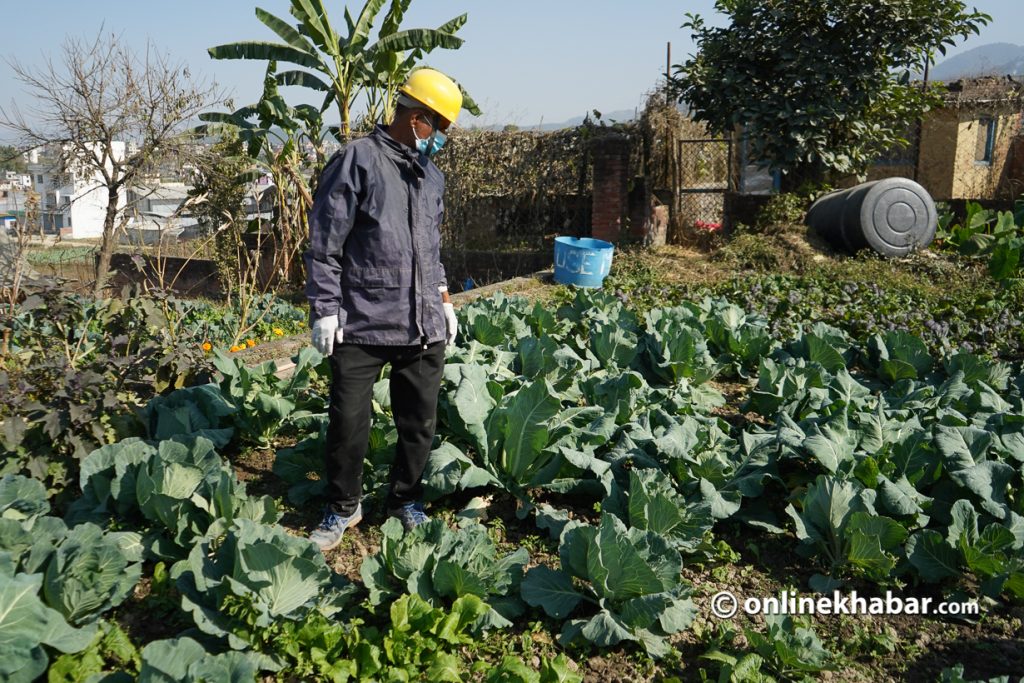
One of the most effective ways to combat climate change and its direct and indirect effects on vegetable yield is through farmer’s adaptation measures.
In order to combat the negative effects of climate change, such as the drought that has affected farmers of summer vegetables in central Nepal, we must understand the varied techniques employed by farmers.
Giving training on the consequences of climate change and vegetable cultivation would benefit the farmers’ decision to use or adopt adaptation measures. Additionally, extension service providers ought to concentrate on specific adaption techniques based on topographic and agro-climatic zones.
Therefore, using knowledge of climate change’s impact on vegetable growing, the government, stakeholders, and extension agencies must develop innovations for capacity-building within the extension system, which could benefit our economy in the long run.








